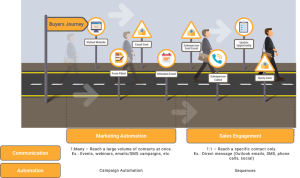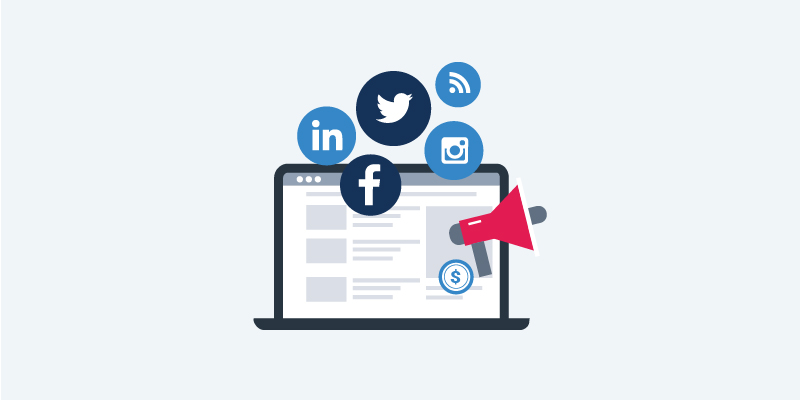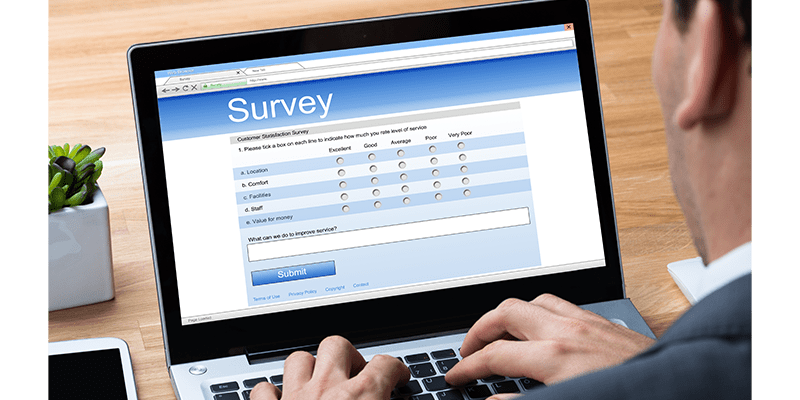Marketing
Marketing and Sales: What are the strategies and tools to help these teams work together?
by Vivian Metzner

We all know that closing deals requires input from different internal teams to make sure that your business is matching your prospect’s expectations, and also to ensure that you’re providing the best customer journey possible.
Throughout the customer/buyer journey a prospect is likely to interact with two different but complementary teams, that work together to ensure the best experience ever. These two teams are usually Marketing and Sales.
Though they both work within reach of each other with the same end goal, sometimes barriers are formed, fragmenting communication and as a consequence, the customer journey. But how can these two teams complement each other? What are the different tools that they can use to make sure that they are providing a smooth journey for their prospect?
Find out all the answers to those questions right here!
Marketing and Sales: An Important Connection
For most people, the difference between a marketer and a salesperson is clear, one approaches leads from a one-to-many stand point (Marketing) while the other provides a more personalized one-to-one experience (Sales). But can you position these teams to compliment each other, for the benefit of your customer journeys?
A marketer is focused on different market channels that a company has such as social, events, website and they are also responsible for customer and internal communication. Through all the channels under their responsibility, a marketer is also responsible for running campaigns, and bringing more leads to the sales funnel. And here’s the connection with Sales.
While a marketer focuses on improving their campaigns to reach more people, leveraging the company message, the sales team wants to have a greater flow of prospects to talk to and do what they do best: sell. Especially if Marketing have done their job right and the lead is a hot one.
And this is when the unification of marketing and sales teams transforms the sales cycle.
Using the channels that are available and aligning with sales needs and strategy, the marketing team can help source more hot leads, increasing the sales teams’ conversion rates, while sales teams can have more time to focus on the leads that really matter. Instead of wasting time on prospects that are not nurtured enough to be ready to make a commitment and buy.
This handoff between marketing and sales is important and will bring great results when aligned.
According to studies, 75% of the marketing leads never convert into a deal for B2B companies, and the main reason is because marketing and sales are not aligned. – Source
Marketing and Sales Unification: Which tools should you use?
Talking about marketers and marketing efforts, these teams need to be everywhere at all times across all primary channels to have the greatest impact. This type of reach can be difficult to perform especially for SMBs (small to mid-sized businesses) who traditionally have smaller marketing teams (compared to enterprise businesses) which are already busy doing day to day activities.
But this problem isn’t isolated to only Marketing. Sales has the same problem. They need to reach as many customers as possible at the same time, but as each customer has a specific need and they can’t send or use the same message/speech to all customers.
But how can both teams overcome these resource and time problems?
There are tools and solutions that they both can use to help automate their daily tasks, freeing up time and also expanding their reach. One is Marketing Automation and the other is Sales Engagement.
In the following example, we’ll present a comparison between Marketing Automation and a Sales Engagement tool.
| Marketing | Sales | |
| Main goal |
|
|
| Solution | Marketing Automation
Email Marketing SMS Forms Landing Pages Surveys Social Channels, and more* |
Sales Engagement
Playbooks Dialer Social Channels, and more*
|
| Communication | 1: many
This type of communication is used to reach a large volume of contacts at once. Ex.: Events, webinars, bulk emails/SMS, etc. |
1:1
This type of communication is used to reach a specific contact only. Ex.: Direct message (Outlook email/SMS/social media), phone call |
| Automation |
|
|
| How is this automation called in the market? | Campaign Automation** | Sequences/Cadences/Activities** |
*Features on Marketing Automation and Sales Engagement tools may vary based on the software company
**Names may vary based on the software company
As you can see, the different automations work together to provide a better customer experience, while also helping both teams to gain outreach scalability in their own specific areas.
This is where ClickDimensions comes in.
ClickDimensions help SMBs provide a smooth buying journey that increases lead nurturing and conversion, by providing marketing and sales teams the automation that they need to win more deals faster.
How ClickDimensions can help unify your teams and improve conversions?
Through ClickDimensions Marketing Automation and Sales Engagement solutions, both teams work together to make sure that they’re delivering the right message at the right time, preventing a fragmented and potentially confusing customer journey for potential prospects.
ClickDimensions Marketing Automation helps marketers create great campaigns, automating follow-ups and developing nurture processes to target great leads that are then sent onto Sales. Through features as lead scoring, for example, sales can help marketing define what is considered a hot lead, improving the overall handoff process.
ClickDimensions Sales Engagement on the other hand helps your salespeople with the next best action, automating outreaches and connecting the dots from previous marketing efforts, providing sales with all the information they need to personalize their efforts and close more deals. If, after the entire journey the prospect is still not ready to commit, ClickDimensions Sales Engagement can then follow up by then sending specific contacts back to the marketing team, so they can then be nurtured again in preparation for future opportunities.
*MQL – Marketing qualified leads
Unification: What does lead scoring look like in real life?
Let’s consider that the marketing and sales teams define a lead scoring model, and every time that a contact/lead reaches 50 points, this prospect will be sent to a specific list on ClickDimensions Marketing Automation, and then sent to ClickDimensions Sales Engagement.
Here’s how the sales funnel would look like in this example:
The marketing team will interact with the contact/lead throughout their journey to monitor their level of engagement. Then using the campaign automation feature available in the ClickDimensions Marketing Automation solution, as soon as this prospect interacts with the website, or fills out a form, for example, the marketing team already have a specific campaign automation place set up to interact with this prospect.
As each interaction has a score associated with it, as soon as the prospect total score reaches 50 points, the marketing team has an automated sequence in place to send this prospect to ClickDimensions Sales Engagement solution through the Handoff to Sales feature.
Check the video to see how this works:
Once in ClickDimensions Sales Engagement, the Sales Manager can assign this prospect to the right salesperson, and this person can add this contact/lead to the right sequence that’s best catered for them and their needs.
ClickDimensions Sales Engagement
Following the outreach sequence on ClickDimensions Sales Engagement, the salesperson can discover if this prospect is ready to commit or not and follow up with the right actions. If they are not ready then they can be sent back to Marketing for further nurturing as mentioned previously, meaning you never lose a lead, and no lead gets left behind.
For SMBs with limited resources and time, Marketing and Sale automation tools which unify their internal processes are the ultimate solution. Not only do they track, nurture and align internal team communications and efforts, but they also are solely focused on improving customer journeys and more importantly, the number of deals closed. With tools such as campaign automation and lead scoring facilitating the buyer journey, your business can win more deals more often with ClickDimensions.
Want to book a demo or talk to our team about ClickDimensions solutions? Click here to find out more










